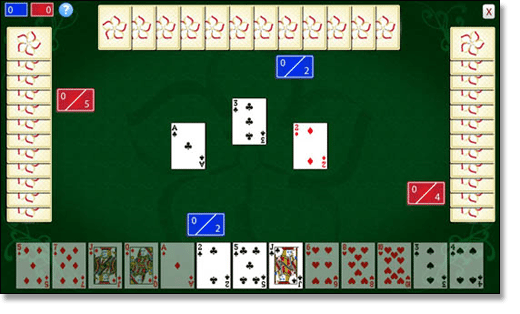Military Spades Rules
The Morning Rant: Minimalist Edition. A compliant and deferential press is a powerful tool for dictators; how else do they communicate the wonderful news that gasoline is dropping in price from $2/gallon to $5/gallon! Rules to Spades So I've played Spades for years outside the Army, and now that we're at JRTC it turns out everyone inside plays as well. But they play fucked up rules, like taking out the red 2s and replacing them with jokers that are trumps and other weird shit. Drunken Spades Rules - Printable Drinking Spades Rules - Spades Card Game - Digital Download - Downloadable File - SVG. The REFLECTIVE Tactical Death Dealer Ace of spades Poker kill card military decal / sticker 4x3' TacticalTextile. From shop TacticalTextile. 5 out of 5 stars (2,128) 2,128 reviews $ 6.99 FREE shipping.
NUMBER OF PLAYERS: 2-7 players

NUMBER OF CARDS: 52 deck cards for 5 or less players and 104 cards for more than 5 players

RANK OF CARDS: 8 (50 points); K, Q, J (court cards 10 points); A (1 point); 10, 9, 7, 6, 5, 4, 3, 2
TYPE OF GAME: Shedding-type
AUDIENCE: Family

Introduction:
Traditional Spades Four Players

The Setup:
How to Deal:
How To Play Spades Rules
How to Bid:
How to Play:
Military Spades Rules
How to Score:
